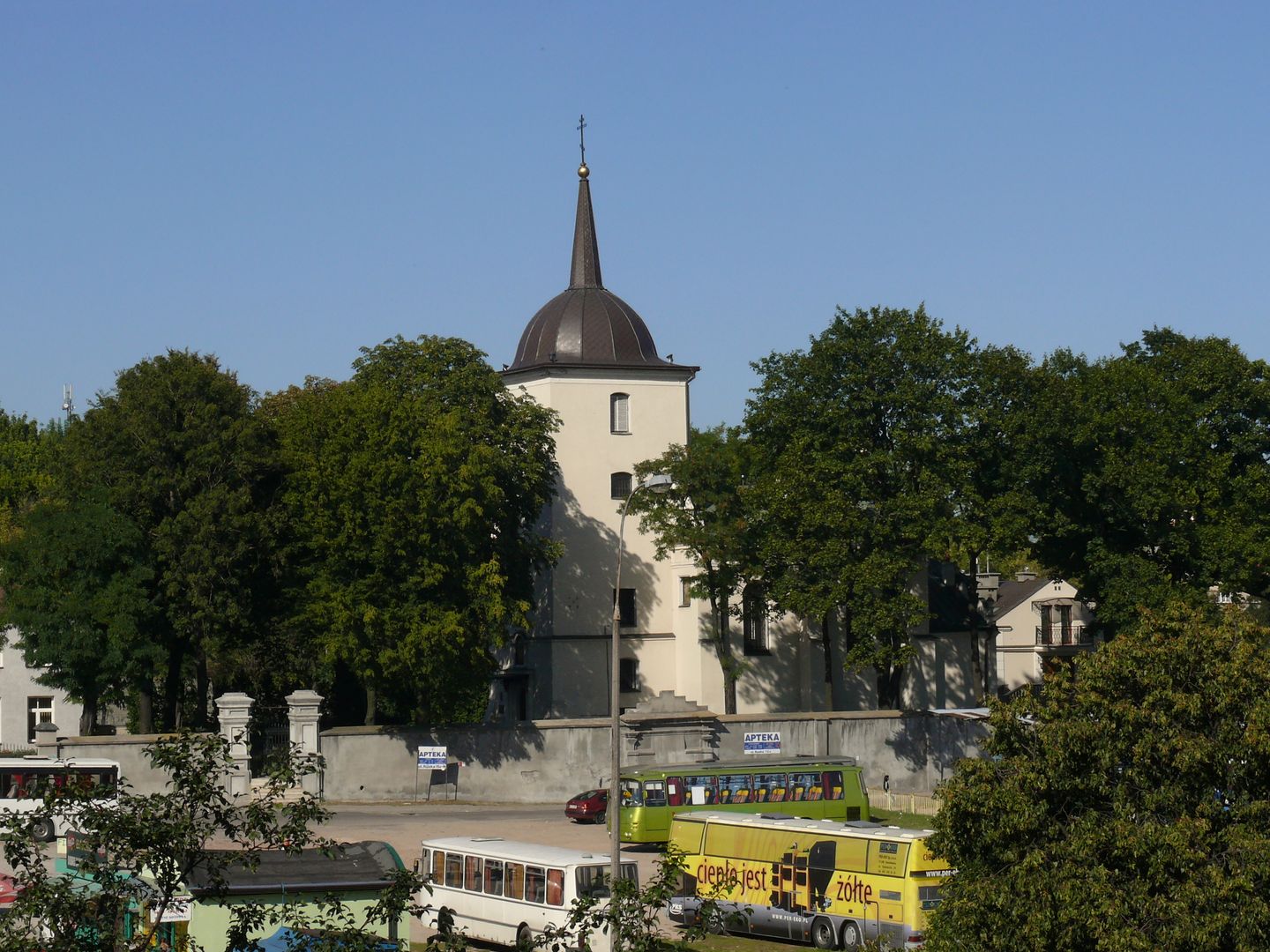The Transfiguration of the Lord Cathedral in Lublin
6.71

Overview
The Cathedral of the Transfiguration of the Lord in Lublin, an Orthodox cathedral of the Lublin-Chełm Diocese of the Polish Autocephalous Orthodox Church, is an exceptional structure in many respects. It was built between 1607 and 1633 on the site of earlier churches, and its consecration took place in 1633. Architecturally, the church represents the late Renaissance style, featuring a three-nave structure with a rectangular floor plan and a dominant single dome topped with a cross. The external decorations are restrained, with only the main nave distinguished by an ornamental gable. The interior of the cathedral has been adapted to Orthodox tradition through renovations, including the iconostasis, which displays a rich collection of icons, including copies of the Jerusalem and Lublin Icons of the Mother of God, which are particularly venerated. The history of the church is exceptionally turbulent, marked by conflicts between Orthodox and Uniate believers, leading to multiple changes in its religious affiliation. After the dissolution of the Union of Brest in 1875, the cathedral was returned to the Orthodox faithful, and at the beginning of the 20th century, it required further renovations, underscoring its significant importance in the region. After World War II, it underwent numerous restorations, and in 1989, it became the cathedral of the newly established Lublin-Chełm Diocese. An interesting fact is that the future Moscow Patriarch Tikhon served in this church. The cathedral also serves an ecumenical role, hosting services during the Week of Prayer for Christian Unity. In 2016 and 2018, it was visited by dignitaries of the Orthodox Church from various countries, highlighting its significance not only locally but also internationally.
Location
Tickets
Powered by GetYourGuide
2025 Wizytor | All Rights Reserved